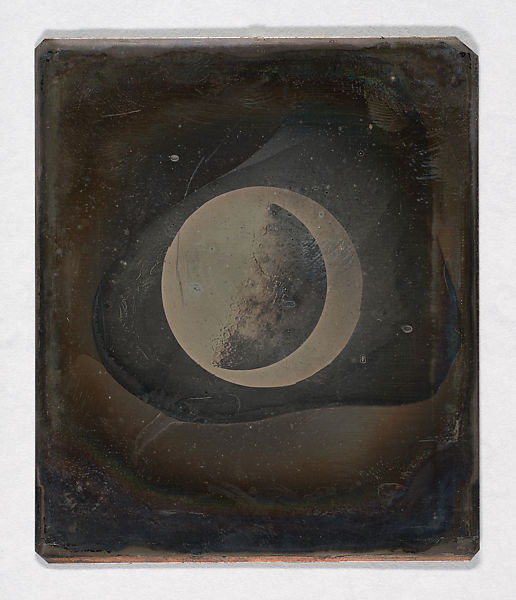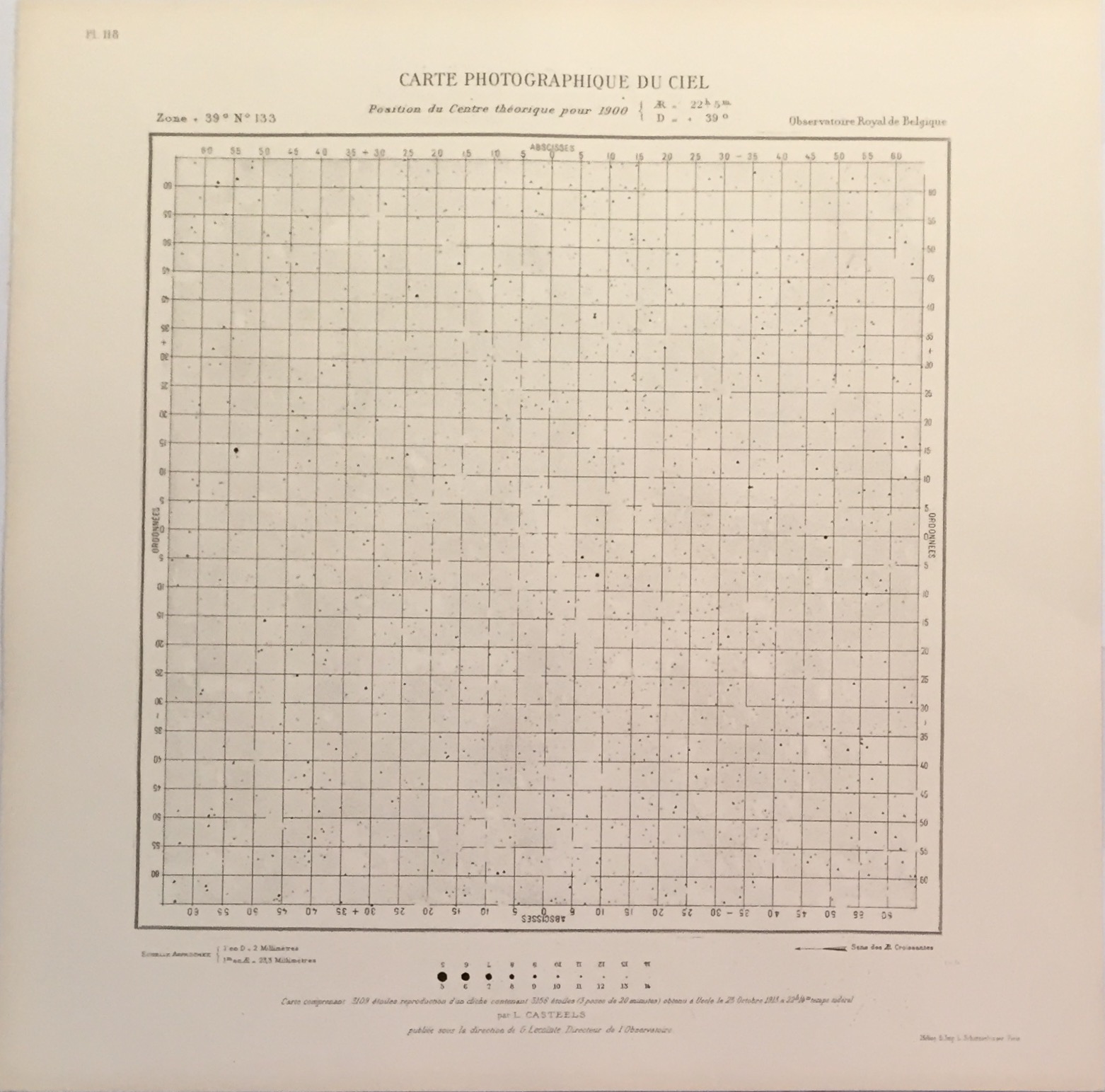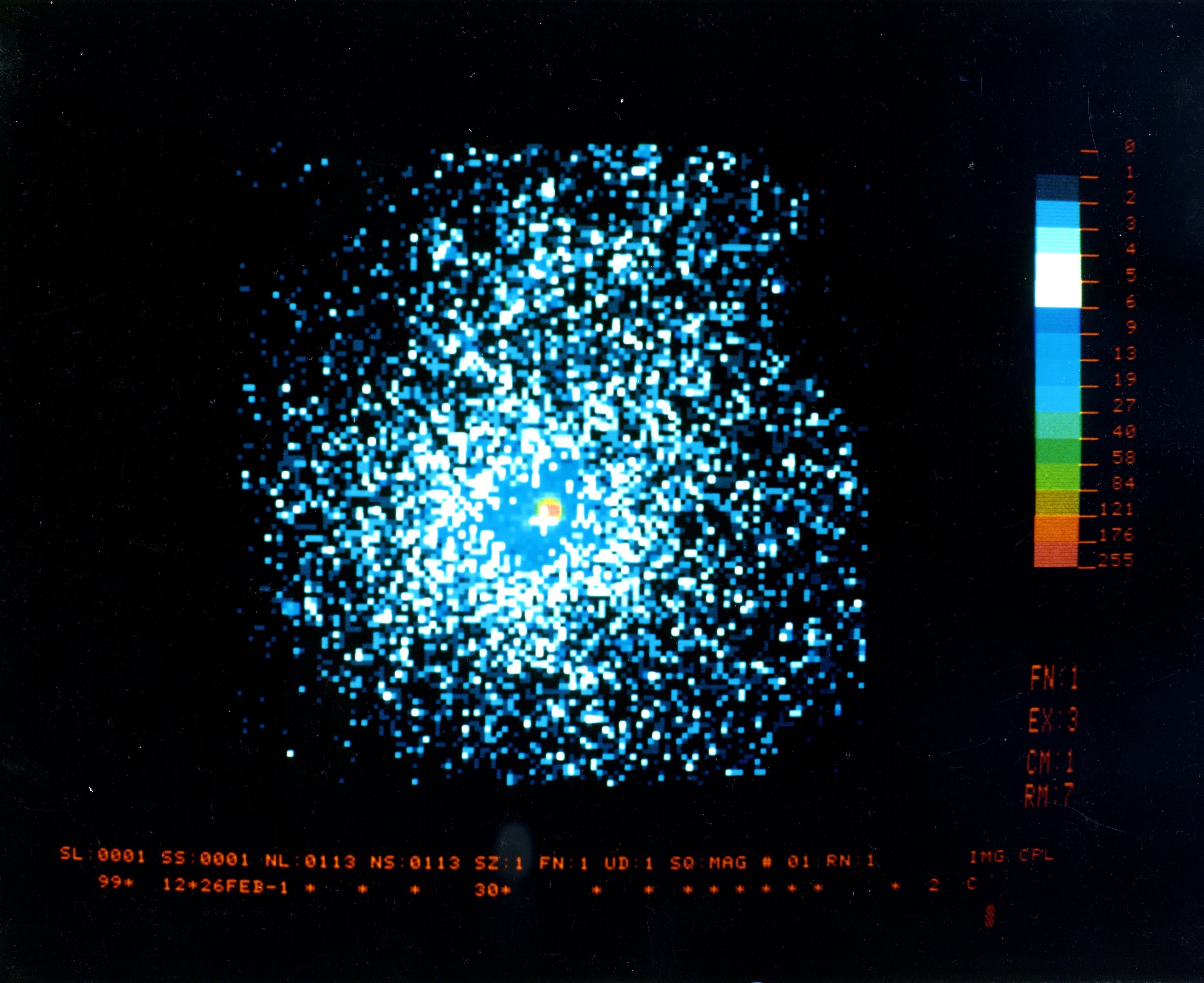Astrophotography is a special type of photography in which the main subject of the exposition is the night sky and its contents in the form of objects of deep space, the solar system, and which is used both in the artistic field and in the scientific field. In recent decades, the development of digital technology has opened this art form to the mass consumer - now even the owner of a smartphone is able to capture the starry sky without a huge loss in image quality. Astrophotography reflects almost identical, authentic content in the sky - what is most often invisible to the naked eye. This article will talk about what events led to the modern state of astrophotography, the merit of photographing space objects in astrophysical research and the creation of maps of the starry sky.
You can write any question or comments in the comments. I am also open for a personal dialogue in a telegram or a conversation in our chat . I also have a telegram channel about cosmology.
The birth of astrophotography
On August 19, 1839, at a meeting of the Academy of Sciences, physicist François Arago introduced the public to a new photography technology called daguerreotype, a patent for which was acquired from the chemist Louis Daguerre and the heliographer Nisevor Niepce by the French government and made available for general use as a public domain. Daguerreotype was the process of chemical action of light on a flat silvered copper plate. This plate was placed in a pinhole camera with a lens for a long time (15-30 minutes), where the effect of photons was reflected on the silver layer, which was later manifested by mercury vapor. To prevent the image from being overexposed after being exposed to light, the top layer was fixed with sodium thiosulfate and then washed with water.

— , ( ) . , , . , — - . 1840 .
— , «», . 16 1850 — . 100 , .
, . 28 1851 , ( ) — .
,
1834 , . , . , . , , , . — , 1840- , - . , , . - , .
- , , . , , . , , . () (). , — . , .

1860- , . , . 1870- , .
, , , — 30- 1/15 . , , . , 1880 -, (M42) — 11- . , , — .

Carte du Ciel
, 1885 f/5. , 1888 (M31), 1893 « , ». , , , , , . — , , . , 1896-1900 , «Cape Photographic Durchmusterung», 454 . , , .
, 1880 . , ( 0,03 ). , , . — 12- , 16- — .

, , , . , 58 16 . (Carte du Ciel), . , . , . , , , 1964 . . , — .
20- , , . , , , .

. , . , (CCD's) . 1976 , 18 , . 70% 4% . - . , 80-, , - . .

20−21 — , . , , . (, ). , , . , . . , : , . , .
, , . -, , . . !
:
"100 ans d'astrophotographie" ();
History of Astrophotography, Catchers of the Light ();
The Rise and Fall of Astrophotography, Dr. Joseph S.Tenn, GRIFFITH OBSERVER, 1987 ().